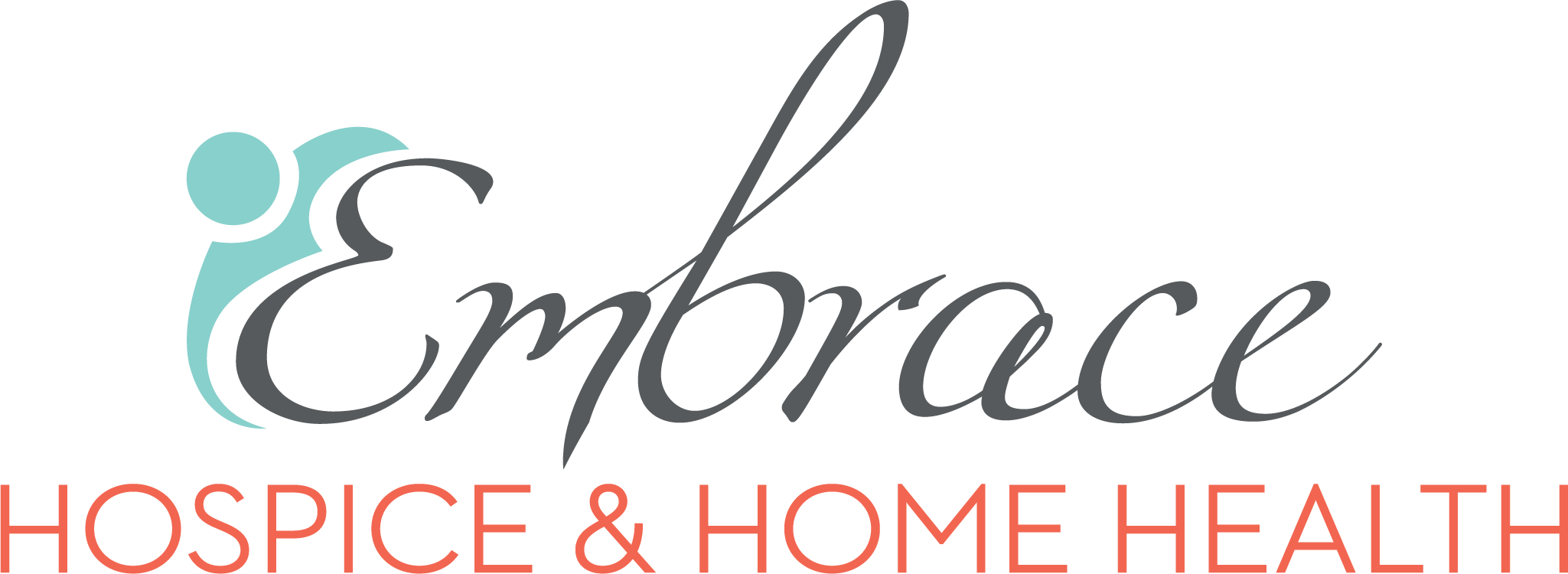Glaucoma Awareness: Enhancing Care Through Home Health Services
Glaucoma, often termed the “silent thief of sight,” is a leading cause of irreversible blindness worldwide. Over 3 million Americans are currently living with glaucoma, yet only half are aware they have the condition (Glaucoma Research Foundation, 2023). Early detection and consistent management are vital to preserving vision and maintaining quality of life.
Understanding Glaucoma
Glaucoma is a group of eye diseases characterized by damage to the optic nerve, often associated with elevated intraocular pressure. Common forms include:
- Primary Open-Angle Glaucoma: The most prevalent type, developing slowly and often unnoticed until significant vision loss occurs.
- Angle-Closure Glaucoma: A less common, but acute and severe condition requiring immediate medical attention.
- Normal-Tension Glaucoma: Optic nerve damage occurs despite normal eye pressure levels.
Risk factors include age, family history, high intraocular pressure, diabetes, hypertension, and certain ethnic backgrounds, such as African American and Hispanic populations.

The Role of Home Health Care in Glaucoma Management
Home health care offers a unique advantage for individuals managing chronic conditions like glaucoma. Our services can help patients maintain independence while ensuring optimal care through:
- Education and Monitoring:
- Home health care providers educate patients and caregivers on proper medication administration, including eye drops, which are critical to managing intraocular pressure.
- Monitoring for side effects of medications or progression of the disease, providing timely communication with the patient’s ophthalmologist.
- Medication Adherence:
- Studies reveal that up to 30% of glaucoma patients struggle with medication adherence (Fea et al., 2020). Our team ensures compliance by creating routines, reminders, and caregiver support.
- Vision Rehabilitation Support:
- We offer strategies and assistive technologies to help individuals adapt to vision changes, such as using magnifiers, improved lighting, or mobility training.
- Collaboration with low-vision specialists can provide additional resources for maximizing remaining vision.
- Comprehensive Chronic Care Management:
- Addressing co-morbidities such as diabetes or hypertension, which may exacerbate glaucoma’s progression.
- Nutritional counseling to support overall eye health and reduce systemic risk factors.
- Emotional and Psychological Support:
- Vision loss can lead to depression and anxiety. Our care team provides emotional support and resources for counseling as needed.
Why Partner with Us?
As a trusted home health care provider, we specialize in tailored, compassionate care for patients with glaucoma and other chronic conditions. By choosing us, referral sources and families gain access to:
- Experienced clinicians who prioritize patient safety and quality of life.
- Seamless communication with medical professionals to ensure coordinated care.
- Proven outcomes that reduce unnecessary hospitalizations and improve overall well-being.
Did You Know?
- 50% of glaucoma patients are unaware of their condition until significant damage occurs (Glaucoma Research Foundation, 2023).
- Early intervention and consistent management can reduce vision loss by up to 60% (Quigley & Broman, 2006).
Next Steps
Take the first step toward preserving vision and enhancing quality of life. Partner with us to provide your patients with the comprehensive care they deserve. Contact us today to learn more about how we can work together to manage glaucoma effectively.
References
Fea, A. M., Scotto, R., Cannizzo, P. M. L., & De Francesco, M. (2020). Improving adherence in glaucoma: A real-world challenge. Journal of Clinical Medicine, 9(6), 1702.
Glaucoma Research Foundation. (2023). Facts about glaucoma. Retrieved from https://www.glaucoma.org/facts-about-glaucoma.php
Quigley, H. A., & Broman, A. T. (2006). The number of people with glaucoma worldwide in 2010 and 2020. British Journal of Ophthalmology, 90(3), 262-267.




